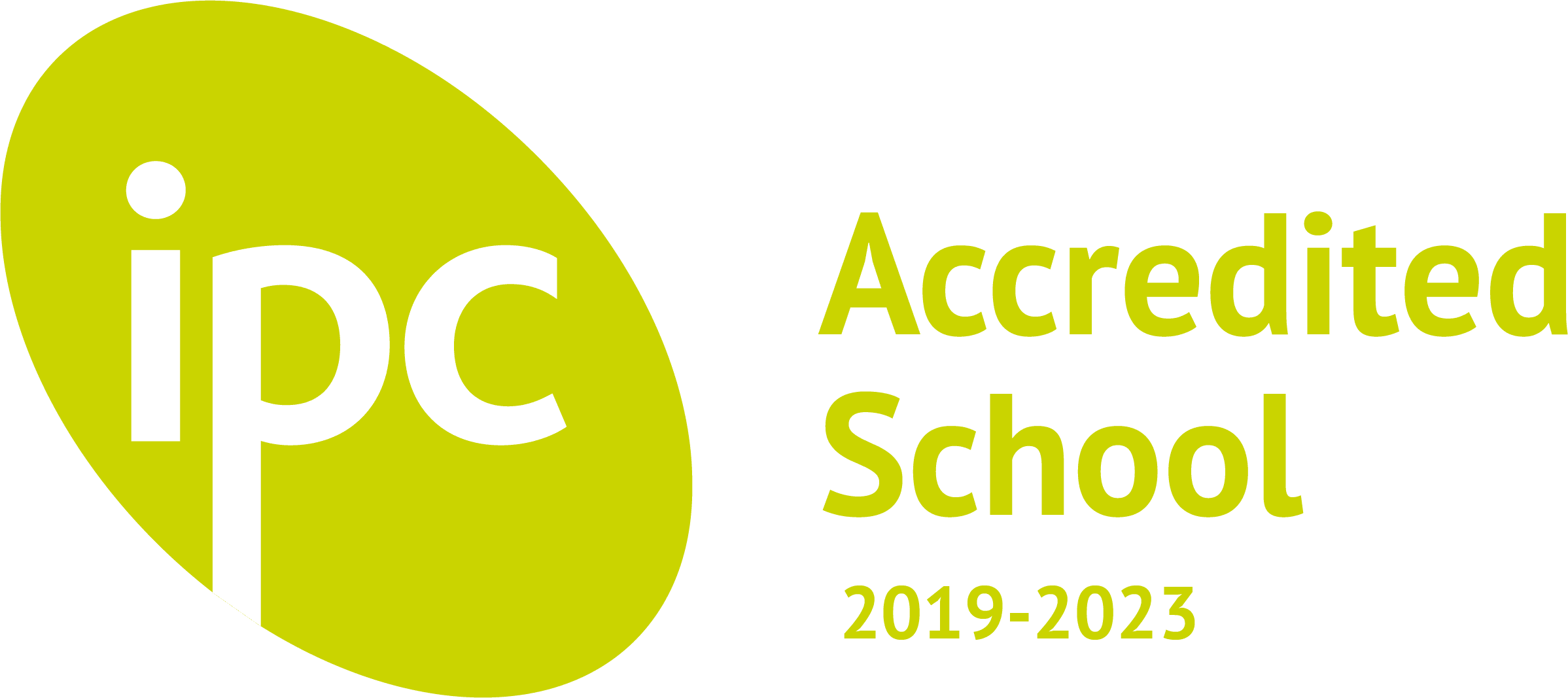“Why Students don’t like School?”
How children think and learn should lie at the heart of every teacher’s daily practice as these are two of the key reasons children come to school. Teachers must ensure that the children in their classes think and learn as effectively as possible in order to ensure successful outcomes for all children. To do this, teachers must keep up-to-date with the latest academic research and incorporate this into their daily practice.
Therefore, in this blog, I would like to look at a model of how children do this. It must be emphasised that any attempt to explain a topic as complex as this is prone to oversimplification. It is therefore hoped that this blog will inspire readers to look at this topic in greater depth themselves.
Thinking can be understood as combining ideas in new ways and this means children take information from the environment, understanding from long-term memory and they use their working memory to create new connections and ideas.
Long-term memory is all the knowledge and understanding we hold about the world. This knowledge is held until we need it and it is brought into our working memory. As children use this knowledge more frequently it becomes automated. This means children can instantly recall facts that help them solve a problem. For example. in seedlings children have not yet automated letter sounds, however, by year 6 children know these instantly.
This knowledge is stored and organised in schemas. Schemas incorporate different elements and related information into what could be classified as a recipe to achieve a desired outcome. These are added to and modified over time.
It should be noted that existing knowledge makes thinking and learning easier as we already have a concept or idea to add to. For example, once a child has learnt one colour it is much easier to learn the names of other colours. Practice is also very important as this makes the knowledge permanent.
Working memory is where the thinking happens. However, working memory has a finite capacity and researchers estimate the number of items that can be held is about four. For learning to be effective teachers must ensure children’s working memories are not overloaded as then no learning will take place. We, therefore, need to carefully structure lessons to ensure children and their working memory focus on the key concepts we need them to understand in the lesson and not on other factors for example, ‘I wonder what’s for lunch?’
Learning in primary school can therefore be seen as a change in long-term memory. This is achieved by the children gaining new information and incorporating and expanding upon their current understanding in their working memories. As children think about a topic, they take their current knowledge from their long-term memory and make new and stronger connections. This retrieval and change make knowledge and understanding more accessible in future. If new ideas and procedures are successfully processed in the working memory, they become assimilated and change a child’s long-term memory. Thus, new understanding happens and learning takes place.
However, if children are unable to do this because of an overload of information or because the necessary long-term memory knowledge does not yet exist new learning will not take place. It is therefore vital for all teachers to have a clear understanding of what the children in their class already understand to build on this. It is also important for teachers to focus on the point of the lesson so that children’s working memories are not overloaded with information that is irrelevant. Teachers also need to think about how to help children access this information in future once it is in long-term memory. It is also essential that children are given the opportunity to apply their understanding to different situations.
As stated at the start the aim of this blog is to provide a brief overview of some of the current educational thinking on how children learn. If readers are interested in finding out more, they could ask Tr. Emma to borrow the following book. It was this book that started my interest in ‘cognitive science’ and its impact on classroom practice.
Why don’t students like school? A cognitive scientist asks questions about how the mind works and what it means for the classroom. Daniel T. Willingham (2009)



